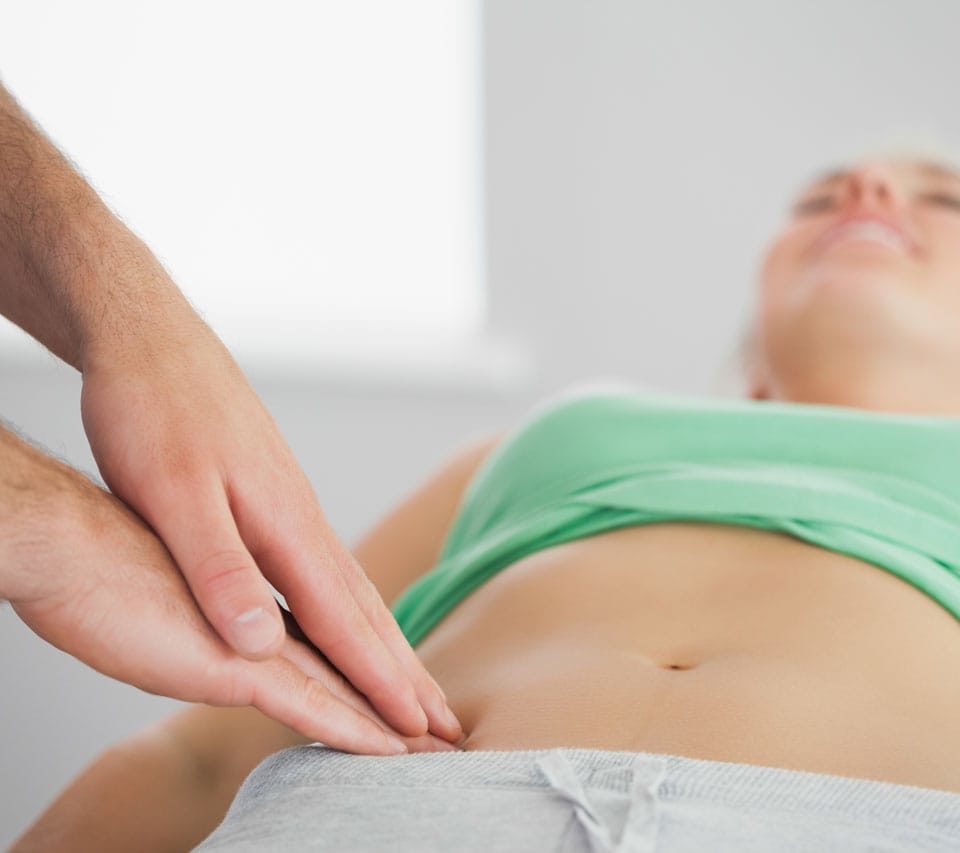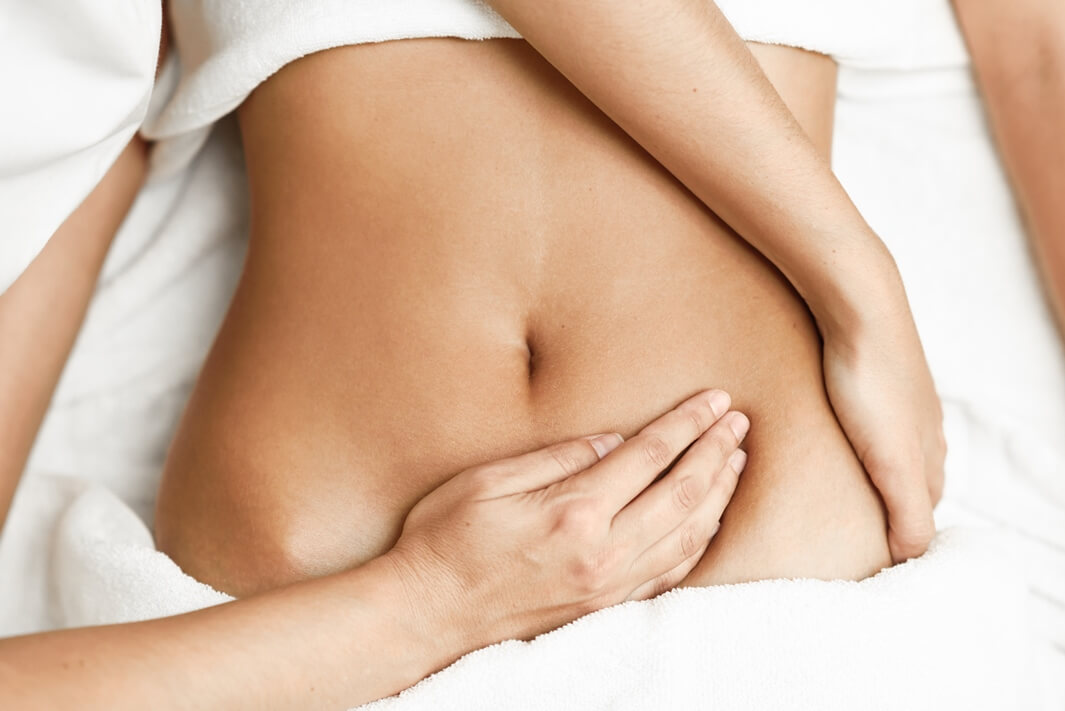Pelvic Floor Physiotherapy Brisbane aims to enhance pelvic floor function through lifestyle changes, exercises, hands-on treatment and education to lessen and eradicate your symptoms. This therapy entails evaluating and treating a set of muscles involved in bowel, sexual, and urine function. Increased urgency and frequency, incontinence, pelvic discomfort, and retention (inability to empty your bowels or bladder) can result from these muscles not working properly.
This article will help you understand things about pelvic floor physiotherapy.
It’s not only about Kegels.
You may have symptoms including prolapse, urine urgency and frequency, and incontinence when your pelvic floor muscles are weak. However, Kegels or pelvic floor strengthening exercises might help alleviate these symptoms, If the pelvic floor is weak.
Moreover, Kegels aren’t always the greatest remedy depending on your problems. The pelvic floor muscles, like any other muscle, can become tight. Ins some situations, you might have symptoms like the sensation that your bladder or bowel is not emptying, a weak or hesitant stream, pain during or after sexual intercourse, and pelvic pain. The important thing is to have a strong pelvic floor.
The pelvic floor is a component of your core.
The core is made up of much more than simply our abdominal muscles. The term “core” refers to a body region that extends from the diaphragm to the pelvic floor. As a result, low back muscles, the abdominal muscles, diaphragm, and pelvic floor muscles are your core components.
Altogether, these muscles support your abdominal contents. Thus, we want all aspects of your core to work effectively. We will analyse all aspects of the core and focus on exercises to improve core function during Pelvic Floor Physiotherapy.
What to Expect from Pelvic Floor Physiotherapy Sessions?
Your Physiotherapist will collect a complete history throughout the evaluation. This will be followed by an external exam, which will typically involve a check of your flexibility, strength, and posture in the areas of your hips, pelvis, and lower back.
Following that, an external and internal evaluation of the pelvic floor muscles may be performed. This will be done vaginally or rectally with women, while with men, it will be done rectally. While an internal exam is likely to be advised and will offer valuable information about your pelvic floor muscles, it is not required if you are uncomfortable or in severe discomfort with the process.
A personalised treatment plan will be designed based on the evaluation findings. Treatment may involve instruction and counselling, as well as physical treatment and exercises.
Is it going to hurt?
The Pelvic Floor Physiotherapy Brisbane will search for what is causing the symptoms during the evaluation. For example, bending over may cause discomfort in your low back, and the Physiotherapist may request to witness this movement to assess how your back is moving and why you are experiencing pain with that action. While certain pain symptoms may be reproduced, this should not worsen your symptoms or cause further discomfort after the session.


